Elevate Your Space: Cabinet Design Tips for Every Room
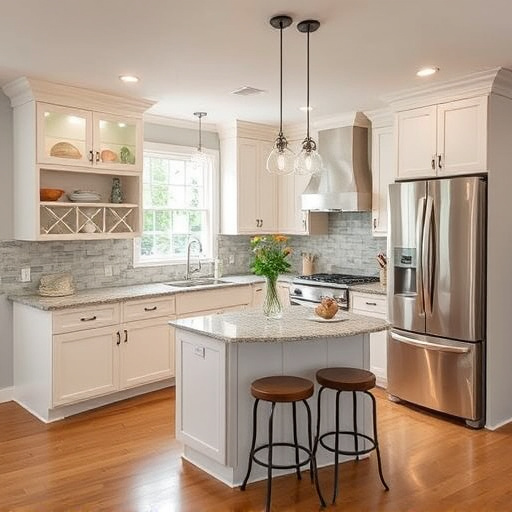
Cabinet design is key to enhancing living spaces, offering a balance of form and function. Neutral t…….
Welcome to an extensive exploration of cabinet design—a multifaceted discipline that transforms spaces, enhances functionality, and adds aesthetic appeal. This article aims to guide you through the intricate world of cabinet design, offering insights into its history, global impact, technological innovations, and future directions. By delving into these aspects, we’ll uncover why cabinet design is not just about creating storage solutions but also shaping the way we live and work.
Cabinet design involves the creation of custom or prefabricated cabinets tailored to specific purposes and spaces. These structures are designed to store and organize items while contributing to a room’s visual aesthetics. Essential components include:
Cabinetry has a rich history dating back to ancient civilizations. From the intricate woodcarvings of Egypt and Greece to the ornate cabinets of Renaissance Europe, each era has left its mark on cabinet design. The Industrial Revolution introduced mass production techniques, making cabinets more accessible. Modern cabinet design draws inspiration from these historical roots while embracing contemporary aesthetics and technological advancements.
Cabinet design plays a pivotal role in interior design, serving multiple functions:
Cabinet design is a global phenomenon, influenced by diverse cultural aesthetics and functional requirements. Here’s a glimpse into its worldwide impact:
| Region | Style and Trends | Unique Features |
|---|---|---|
| North America | Modern, Minimalist | Clean lines, simple hardware |
| Europe | Traditional, Rustic | Handcrafted details, natural wood finishes |
| Asia | Contemporary, Open-Plan | Sliding doors, integrated technology |
| Latin America | Vibrant, Eclectic | Colorful accents, intricate carvings |
Several key trends are shaping cabinet design globally:
The cabinet design industry is a significant contributor to the global economy:
Investment in cabinet design reflects changing consumer preferences:
Technological advancements have revolutionized cabinet design:
Key policies and regulations shape the cabinet design industry:
Despite its success, cabinet design faces several challenges:
Location: New York City, USA
Challenge: Create storage solutions for modern urban lofts with limited space and high technology demands.
Solution: Custom-designed, wall-mounted cabinets with integrated smart home technology. Features included voice-controlled lighting, security cameras, and automated temperature controls.
Outcome: Increased living space, enhanced security, and a seamless blend of aesthetics and technology.
Location: Stockholm, Sweden
Goal: Design a cabinet collection with minimal environmental impact.
Design: Crafted from recycled materials, including reclaimed wood and biodegradable plastics. Features innovative joinery techniques to reduce glue and nail usage.
Impact: Reduced carbon footprint, increased consumer awareness of sustainable options, and industry recognition for eco-friendly practices.
Setting: Tokyo, Japan
Brief: Design a kitchen system for compact urban apartments with adaptable layouts.
Result: A modular kitchen system with interchangeable components, allowing users to reconfigure spaces. Features include fold-out tables and sliding storage units.
Success: Enhanced space utilization, catering to changing lifestyles, and winning numerous design awards.
Cabinet design is a dynamic field that continues to evolve, driven by technological advancements, changing consumer preferences, and global influences. From its historical roots to modern innovations, cabinet design plays a critical role in shaping spaces and enhancing lifestyles. As the industry navigates challenges and embraces new trends, it contributes significantly to interior design, sustainability, and smart home technologies.
Q: What are some affordable ways to add custom cabinets to my home?
A: Consider modular cabinet systems or pre-fabricated units that offer customization options without the premium price tag. DIY kits and refitting existing furniture can also be cost-effective solutions.
Q: How can I make my cabinets more environmentally friendly?
A: Opt for sustainable materials like bamboo, recycled wood, or plant-based composites. Encourage cabinet manufacturers to use non-toxic finishes and support local artisans who practice ethical sourcing and production methods.
Q: What are the benefits of smart home technology in cabinets?
A: Smart cabinets can enhance security with biometric locks, automate lighting and temperature control, and provide voice-activated access to media. These features offer convenience, energy efficiency, and improved living experiences.
Q: How can I ensure my cabinet design complements my existing decor?
A: Consider the style, color palette, and material of your existing furniture and decor. Choose cabinets that either match or complement these elements, creating a harmonious interior aesthetic.

Cabinet design is key to enhancing living spaces, offering a balance of form and function. Neutral t…….
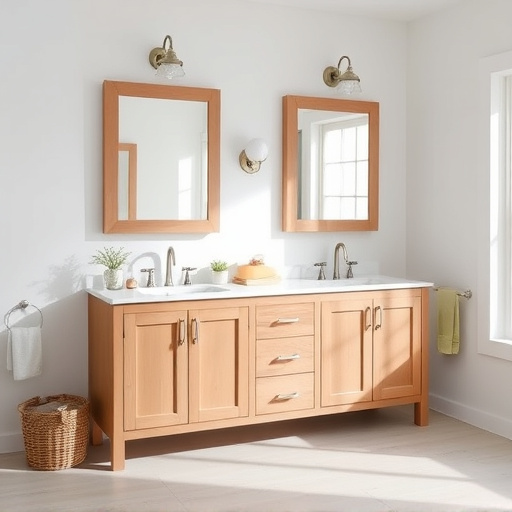
Open shelving in cabinet design adds aesthetic appeal and organization, ideal for revitalizing livin…….
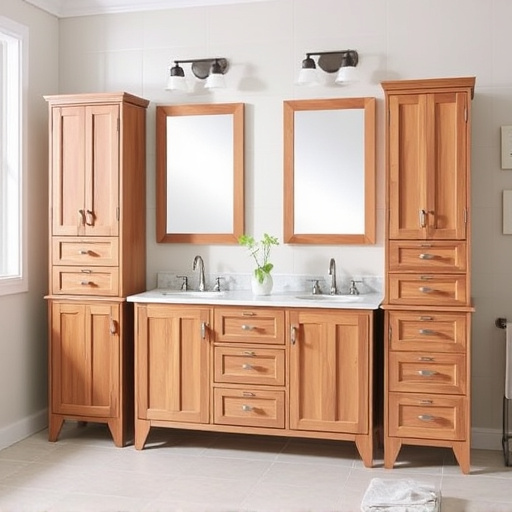
Rustic cabinet design leverages natural materials like oak, maple, and walnut to create warm, inviti…….
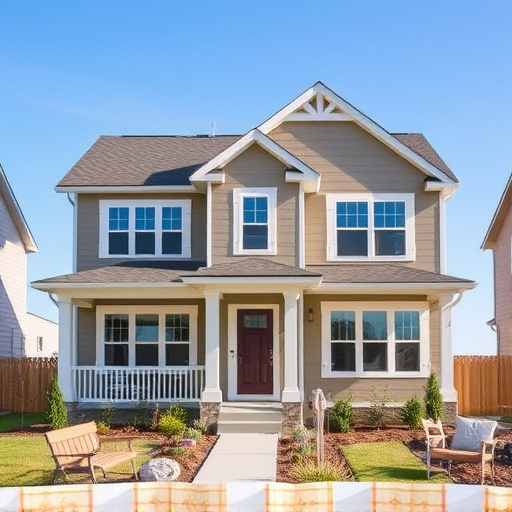
Rustic cabinet design leverages natural materials like wood and stone to create inviting spaces, ble…….
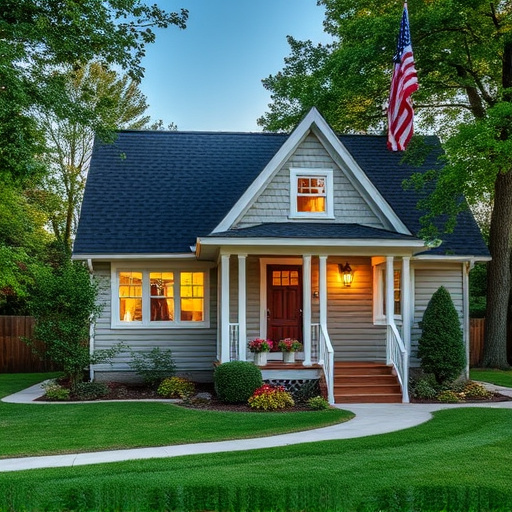
Cabinet design for entryways and mudrooms balances aesthetics with function, aligning style to space…….
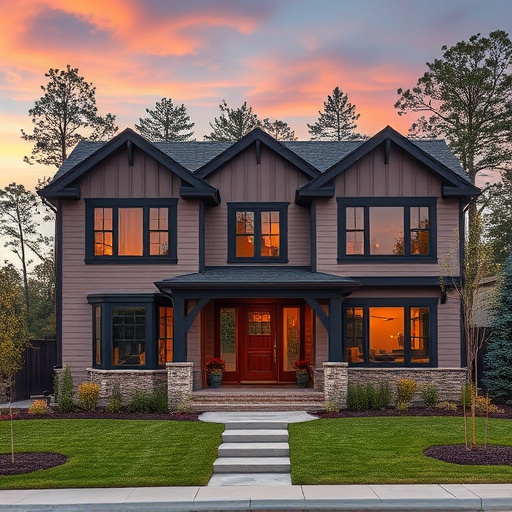
Cabinet design material choices, from traditional wood to modern metal, impact visual appeal and dur…….

Choosing the right cabinet design is crucial for enhancing space aesthetics and functionality. Class…….
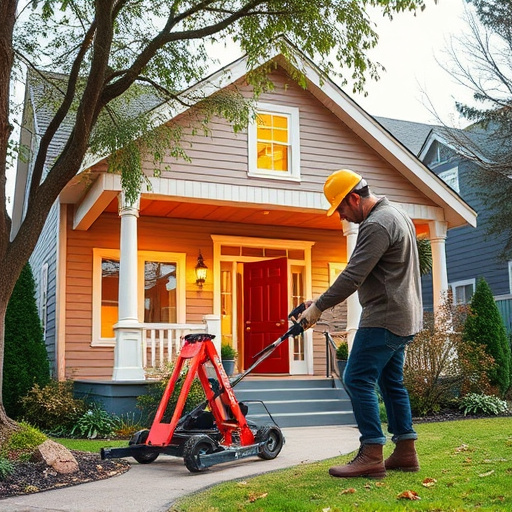
By 2025, cabinet design trends focus on tech innovation with smart home integration, sustainability…….
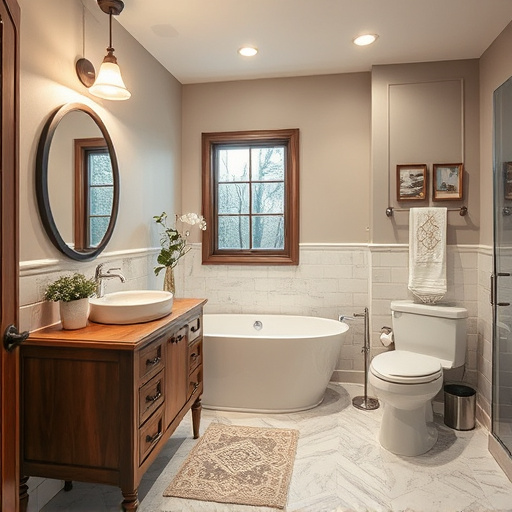
Cabinet design choices, from classic hardwoods to modern alternatives like engineered wood and bambo…….
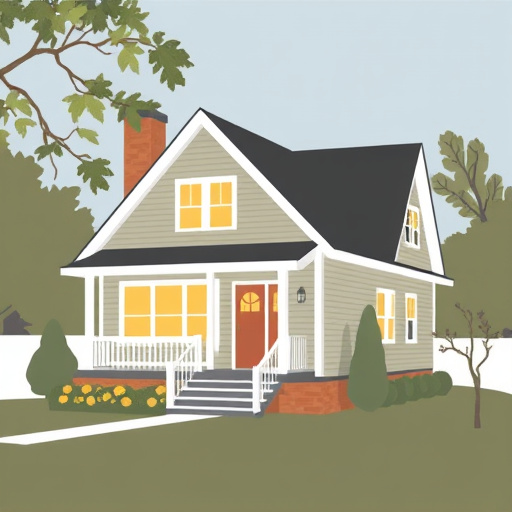
By 2025, cabinet design will blend sustainability with smart technology, driven by a focus on eco-fr…….